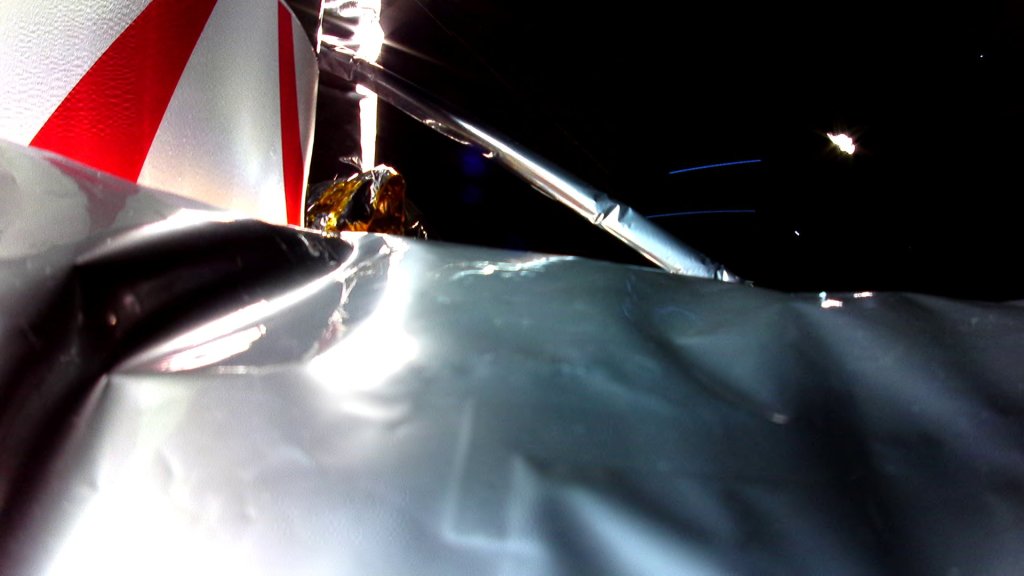Astrobotic's Peregrine lander suffers propulsion issue, making moon landing unlikely

After a successful launch on United Launch Alliance’s Vulcan Centaur rocket this morning, Astrobotic Technology said its lunar lander has encountered critical issues with the propellant system that have likely taken a moon landing off the table for good.
In a devastating series of updates earlier today, the Pittsburgh-based startup said a “failure within the propulsion system” is causing a critical loss of propellant. “The team is working to try and stabilize this loss, but given the situation, we have prioritized maximizing the science and data we can capture,” the company said in an update posted to X. “We are currently assessing what alternative mission profiles may be feasible at this time.”
Issues cropped up just hours after launch, when the company said that the lander, called Peregrine, was unable to orient itself to the sun and charge its batteries. While Astrobotic engineers were eventually able to reorient the spacecraft’s solar array toward the sun and charge up the batteries, the company confirmed that a failure within the propulsion system was the root cause of the issue.
In a later statement, Astrobotic said that it is using the spacecraft’s existing power to perform “as many payload and spacecraft operations as possible.”
In 2018, Astrobotic selected longtime propulsion developer Frontier Aerospace Corporation to supply the thrusters for Peregrine and announced that Dynetics would integrate the system’s components (the thrusters, tanks and feed systems) into a single propulsion system.
The propulsion system is a critical component of a spacecraft, but it’s especially important for this mission, which is taking an indirect path to the moon. Astrobotic’s plan was to conduct a series of complex maneuvers to gradually lower the lander’s orbit, before finally attempting a soft landing on February 23 (which would also require fuel).
In 2019, NASA selected Astrobotic to deliver five scientific payloads to the moon under a new agency program called Commercial Lunar Payload Services (CLPS), which is intended to help foster payload delivery services from commercial providers. NASA, likely sensing the difficulty of a moon landing, has issued awards to multiple companies under the program. Other awardees include Intuitive Machines, which is set to make its own lunar landing attempt next month, and Firefly Aerospace, which will conduct its first lunar mission later this year.
A deputy administrator from NASA’s Science Mission Directorate, Joel Kearns, said in a statement after launch that “each success and setback are opportunities to learn and grow. We will use this lesson to propel our efforts to advance science, exploration, and commercial development of the Moon.”
Astrobotic will make a second moon landing attempt with its much larger Griffin lander later this year, in a launch with SpaceX.






